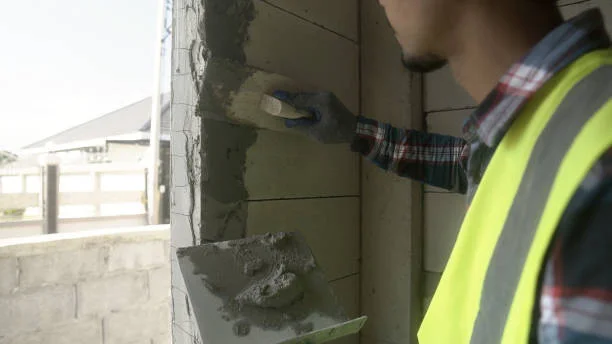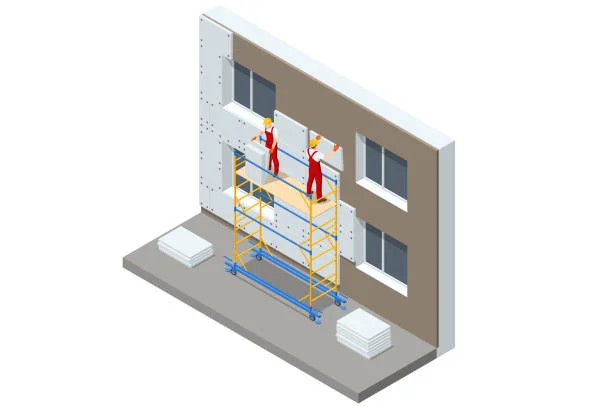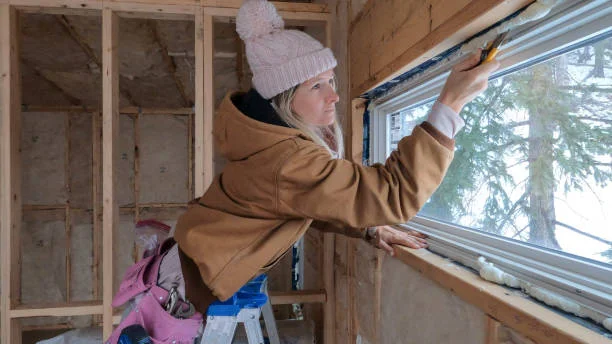Styrofoam is everywhere in our daily lives, from packaging materials to model making. However, it can sometimes get damaged, so it is useful to know how to fix Styrofoam.
Assessing the Extent of Damage

Polystyrene foam is indeed a lightweight but fragile material, which makes it prone to various types of damage such as cracks, gaps or breakages during transportation due to collisions or accidental squeezing during use.
When we face Styrofoam that needs to be repaired, the first critical step is to fully and carefully assess the extent of the damage. This step requires careful observation and analysis. If there are only some small scratches on the surface, or slight, less obvious dents, it is usually relatively easy to deal with. These minor damages often only require relatively simple repair methods to achieve good results. However, we must not take it lightly, even seemingly minor damage needs to be taken seriously, because if not handled properly, it may cause further problems.
For more serious cracks, larger gaps or deep breakages, we need to think more carefully and choose the appropriate repair method, and may need to combine multiple technologies and materials to ensure the quality and durability of the repair. Only by accurately assessing the extent of the damage can we lay a solid foundation for subsequent repair work and develop a more reasonable and effective repair strategy.
How to Fix Styrofoam?

Repair Methods for Minor Damage
When faced with minor damage, we can focus on using repair glue specifically for Styrofoam. This type of glue generally has excellent adhesion and can effectively bond the broken parts tightly together.
In the actual operation process, there are some key points to pay attention to when using this glue. First, you must ensure that the surface of the Styrofoam is thoroughly cleaned, and there must be no dust, impurities or other contaminants remaining, because only a clean surface can maximize the bonding effect. When cleaning, you can use a clean soft cloth to gently wipe it.
Next, carefully and accurately apply the glue to the fracture. You can use tools such as a small brush or toothpick to ensure that the glue is evenly distributed on the parts that need to be bonded to avoid glue accumulation or omissions. Then, carefully press the fragments together and apply appropriate pressure to make them fit tightly. After that, keep pressing for a while until the glue is completely solidified. This waiting process requires patience and not rushing to ensure that the glue can fully exert its bonding effect and form a strong connection. Through such a meticulous operating process, we can better handle minor damage to Styrofoam and restore it to a certain level of integrity and usability.
How To Deal With Large Gaps?

When you encounter large gaps or broken areas, filling is a more appropriate method. Among the many materials available, we can carefully select some filling materials that are particularly suitable for Styrofoam, such as lightweight putty or similar compounds.
When implementing the filling operation, you need to be extremely careful. Apply the selected filling material carefully and evenly to the gap, and be gentle to avoid excessive force that may cause the gap to expand further or cause other problems. During the application process, do your best to make it as flush as possible with the surrounding surface to maintain the overall flatness and aesthetics. This requires a certain amount of patience and skill, and may require multiple applications and adjustments.
After completing the filling, it is crucial to give the filling material enough time to dry and cure. This process cannot be rushed. According to the characteristics of the filling material and the instructions for use, provide appropriate time and environmental conditions.
The drying and curing time may vary depending on the material, but in any case, make sure that the filled part is completely stable before subsequent processing or use. If you rush to the next step, it may result in poor filling results or even problems such as the filling material falling off. By taking this cautious and detailed approach, we can effectively treat larger chip situations and restore the Styrofoam to better condition.
Complex Shape Processing Techniques

If the shape of the damaged part is relatively complex, we may need to use some additional tricks. For example, we can cleverly use molds or templates to help reshape the shape. The specific method is to first place the polystyrene foam in a matching mold, and then use filling materials or other repair methods to gradually restore its original shape. In this way, we can more accurately deal with complex shapes and improve the success rate and effect of repair.
Polishing and Fusion

In addition, sandpaper can also play an important role in the entire repair process. When the repair work is completed, we can use sandpaper to gently polish the repair area. Through this operation, the surface of the repair area can be made smoother and flatter, so that it can be better integrated with the surrounding parts, reducing the traces of repair, and making the overall look more natural and coordinated.
Precautions

When repairing polystyrene foam, you also need to pay attention to the following points:
First, ensure that the operating area is well ventilated to prevent the accumulation of odors emitted by glue, filling materials, etc.;
Second, strictly follow the instructions for use of various repair materials to avoid affecting the repair effect due to incorrect use;
Third, maintain a high degree of patience and carefulness during the repair process, especially for some key parts, to ensure that the repair quality meets the requirements;
Fourth, carefully select repair materials that are compatible with polystyrene foam to avoid adverse reactions;
Fifth, after the repair is completed, give the repaired part enough time to solidify and stabilize, and do not touch or use it too early;
Sixth, for the repair of complex shapes, constantly try and explore different methods and techniques to find the most suitable solution to achieve the ideal repair effect.
Click on our website to learn more information.
